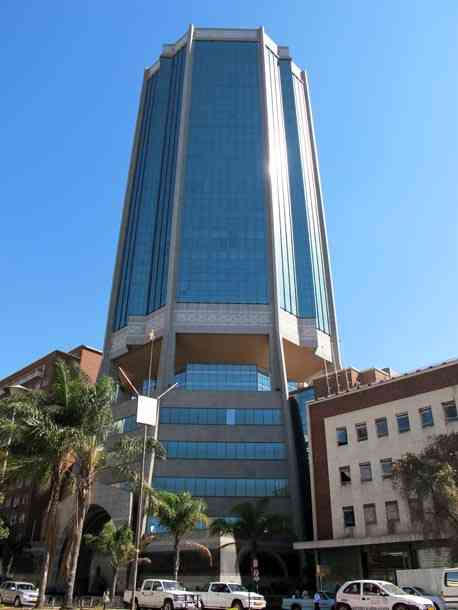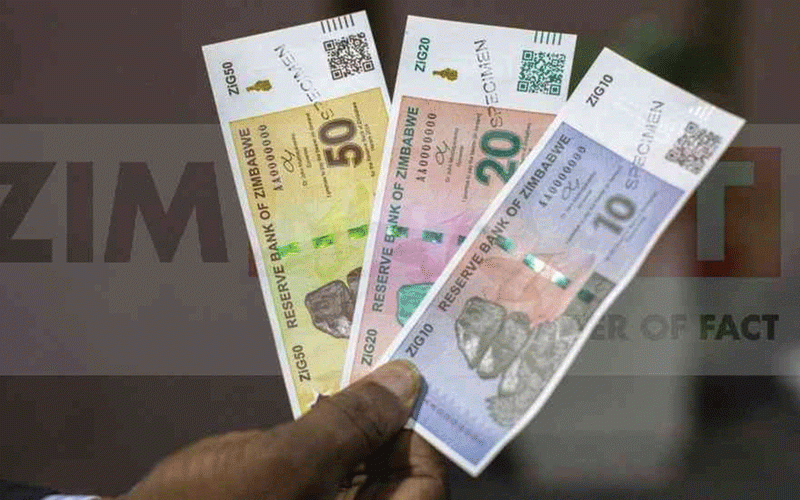
WE are now aware of the effects of the liquidity crunch on our local capital markets. This has brought significant challenges to both the Zimbabwe Stock Exchange (ZSE) and the Victoria Falls Stock Exchange (VFEX).
These challenges include declining market capitalisation, reduced market activity, increased sell-offs, and limited price adjustments following the devaluation of the Zimbabwe Gold (ZiG) currency. Additionally, the VFEX has experienced weak participation.
In response, the Reserve Bank of Zimbabwe (RBZ) governor John Mushayavanhu has stated his intention to maintain tight liquidity measures until June 2025. At the same time, he aims to expand the market share of the local currency beyond its traditional uses. These currently include payments to Zesa Holdings, airtime providers, the Zimbabwe Revenue Authority (Zimra), quarterly payments dates (QPDs), and stock market exposure.
Mushayavanhu seeks to increase wider use of point-of-sale (POS) machines targeting the informal sector.
The apex bank is also intending to incentivise formal banking by raising interest rates on savings and time deposits, scrapping bank charges on transactions below US$5 and waiving monthly bank charges on amounts below or equivalent to US$100.
We have shared our views on the likely impact this monetary policy statement (MPS) will have on the economy. But I guess it is a bit too early to quantify the impact of the MPS on the capital markets and the overall economy as yet.
However, it is definitely not too early to map a way forward for businesses and investors. I believe the main risks investors and businesses should keep in mind post the MPS is the regulatory risk and currency risk.
We are likely to see some statutory instruments being issued out before June and since full convergence between the parallel rate and the official rate is still a fairytale, it is another area to tread and watch closely.
- Rampaging inflation hits Old Mutual . . . giant slips to $9 billion loss after tax
- Monetary measures spur exchange rate stability: RBZ
- Zim deploys IMF windfall to horticulture
- Banker demands $21m from land developer
Keep Reading
I believe the questions in the mind of most capital market players are, what can we expect moving forward?
Will the ZSE’s downward trend persist? If so, when might the market begin to recover? Also, what are the prospects on the VFEX?
To answer these questions, I will attempt to shed more light on the effects of the liquidity crunch on both exchanges, explain reasons behind reduced activity and conclude with an outlook for our exchanges post this recently-released MPS.
Liquidity crunch on the ZSE
Following the 43% devaluation of the ZiG on September 27, 2024, the RBZ implemented strict liquidity measures. These included raising interest rates, statutory reserve requirements and introducing non-negotiable certificates of deposit (NNCDs).
The parallel exchange rate remained stable at approximately 40 for the quarter ending December 2024. Due to liquidity challenges, the exchange rate premium has narrowed and is currently at around 32-35.
With tight liquidity constraining market activity, most participants are engaging in net sell-offs to generate funds for working capital needs.
After devaluation of the local currency, share prices on the ZSE did not re-price to reflect the dip in value of the traded currency. As a result, the overall market capitalisation of the exchange trended downwards.
The ZSE ended last year with a market capitalisation of US$1,67 billion, which declined further to US$1,48 billion in January 2025 and currently stands at US$1,45 billion.
This is a significant drop from its peaks of US$3,6 billion in March 2024 and US$4,2 billion in July 2024.
In my opinion, equities remain under significant pressure due to the liquidity crunch, leaving many major counters undervalued and trading below their historical averages.
However, the likelihood of further declines is diminishing, as share prices for many key counters are already near all-time lows compared to their historical averages. This presents compelling buying opportunities for investors targeting quality blue-chip stocks.
That said, the timing of a potential uptrend remains uncertain, as any recovery will largely depend on improved liquidity in the market.
USD cash, nostro discrepancies
In January 2025, the VFEX declined in market capitalisation by 1%. Only a handful of institutional investors participate in the foreign-denominated bourse, while retail investors prefer to hold onto their cash.
Consequently, liquidity remains limited, restricting significant activity on the VFEX apart from occasional one-off trades.
It appears that people have minimal trust and confidence in the system. Additionally, the growing emphasis on a mono-currency agenda and enforcement against safe boxes in the recent MPS raises concerns about the risk of losing US cash through conversions.
Liquidity issues are likely to continue limiting the overall activity on the foreign-denominated bourse.
Greater investor participation in VFEX-listed counters may be seen once the benefits of holding shares over cash become clearer and the discrepancies between US dollar cash and US dollar nostro are resolved.
Taimo is an investment analyst with a talent for writing about equities and addressing topical issues in local capital markets. He is an active member of the Investment Professionals of Zimbabwe community, pursuing the Chartered Financial Analyst charter designation











